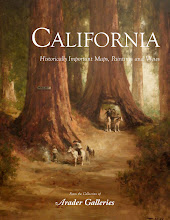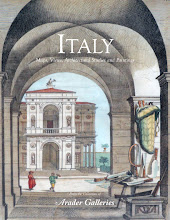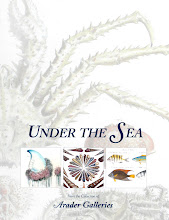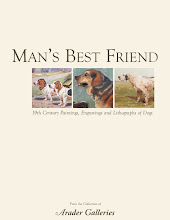
Ask any hunter about his first or last hunt and I’m sure he will have a lively story to tell. As the 2008 hunting season nears an end, what better way than to inspire story telling and prolong the sensation of the hunt than through a picture? A.B. Frost’s
Shooting Pictures bring to life the stories of hunters past and present as well as memorializing the great tradition. A must see for any hunting enthusiast but also for anyone interested in the history of weaponry, these chromolithographs examine how hunting was represented in art during the nineteenth-century.
A.B. Frost’s hand signed
Shooting Pictures are atmospheric hunting scenes which capture the pleasurable and exhilarating suspense right before the kill—the sensation which keeps every hunter addicted. Yet several notable artists have managed to capture as much which is why the real significance of Frost’s prints lies in his ability to transcend other themes. Namely, the glorification of the American hunting tradition, the experience of the great outdoors, the special father-son hunting dynamic, and the valued relationship between the huntsman and his dog.
We encourage you to experience the majesty of Frost’s
Shooting Pictures in person for several reasons. At first Frost’s prints appear merely as an impressive set of hunting scenes, but further inspection reveals the justification behind Frost’s epithet as the greatest American sporting artist. Frost’s use of light aligns with the hunter’s mentality, creating a remarkable and tangible sensation for the observer. Indeed, the early morning light suggests an alert and patient huntsman in contrast to the low light of a hazy afternoon which evokes an anxious yet committed hunter. Frost uses landscape, in addition to light, to transcend temperament. The water scenes evoke a higher sense of concentration as the observer compensates with the hunter for the rockiness of the water, while the wood scenes make the observer conscience of his/her weight as he/she can imagine the noise of leaves crushing beneath the hunter’s boots. Lastly, Frost’s minimal compositions allow slight variations to greatly impact the ambiance. In
Rabbit Shooting, for example, the presence of the special father and son bond derives from the isolated atmosphere—hinting at the long hours spent bonding outdoors together. Furthermore, Frost’s decision to place the father in the forefront and facing towards his son, distinguishes him as a role model/instructor. Similarly,
Autumn Goose Shooting reflects the important function dogs play in hunting as Frost places them in the central foreground, leading the hunter to fruition.
Again, we are pleased to offer Frost’s extraordinary
Shooting Pictures at
Arader Galleries. The prints, currently available for purchase, are also illustrated in our Hunt Catalog. Please do not hesitate to call 415.788.5115 or email aradersf@aradergalleries.com to request a copy. Hope to see you soon!
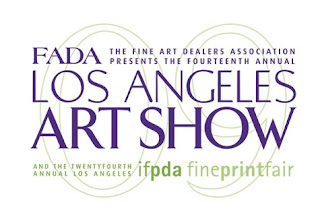 Arader Galleries is happy to announce that we are participating in the 14th annual Los Angeles Art show! This year the event is moving to a new venue, the Los Angeles Convention Center. Hope you will stop by to see our extraordinary collection of antique prints and original paintings!
Arader Galleries is happy to announce that we are participating in the 14th annual Los Angeles Art show! This year the event is moving to a new venue, the Los Angeles Convention Center. Hope you will stop by to see our extraordinary collection of antique prints and original paintings! 





